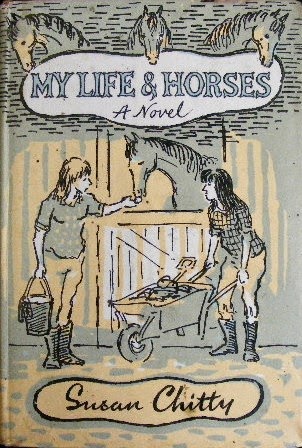PBOTD 30th November: Mary O'Hara - Thunderhead

Mary O'Hara's Thunderhead is another of those books it took me decades to read. Unlike other books I've talked about in PBOTD this wasn't because I knew it existed but was condemned to lust after it, fruitlessly, because neither the local library not local bookshops had it. Oh no. I actually had Thunderhead . I had the Dragon paperback version published in volume format. And I had My Friend Flicka too. I didn't read that either, and I'm not entirely sure why. It wasn't because I had a thing about Dragon books, because I happily read the other Dragon pony books I had (from memory, all Christine Pullein-Thompson titles) time after time, but something put me off the O'Haras. I can only think it was the volume format that put me off, because I was certainly quite happy to read about American boys and their horses. Walter Farley's Black Stallion series and G Rutherford Montgomery's Golden Stallion books were as meat and drink to me. Now that...






















